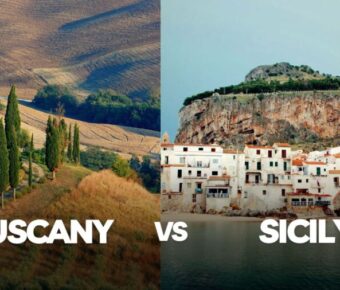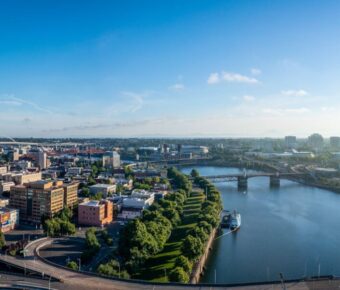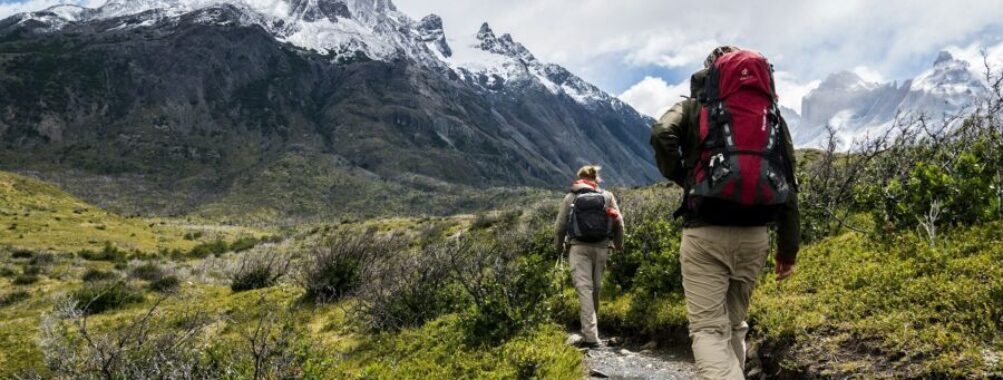
Patagonia Trip Cost: 7 Days of Adventure Under $2000
Planning a trip to Patagonia? Get ready for an adventure of a lifetime in one of the world’s most stunning natural wonderlands. But before you pack your hiking boots, let’s talk money. A typical one-week trip to Patagonia for two people costs around $4,500, including flights, accommodation, food, and activities. This breaks down to about $320 per person per day.
Don’t let that number scare you off! Patagonia can be enjoyed on various budgets. You can spend as little as $50 per day if you’re willing to rough it a bit. This means staying in hostels, cooking your own meals, and using public transport. On the flip side, luxury travelers can easily spend $500 or more daily on high-end lodges and guided tours.
Patagonia’s breathtaking landscapes span both Chile and Argentina, offering diverse experiences from glaciers to pampas. Your costs will depend on which areas you visit, how you travel between them, and what activities you choose. Let’s break it down so you can plan your perfect Patagonian adventure without breaking the bank.
Contents
- Key Takeaways
- Understanding Patagonia Trip Costs
- Determining Your Travel Style
- Accommodation Options in Patagonia
- Transportation Choices
- Budget Breakdown for Patagonia
- Accommodation Costs
- Food and Dining Expenses
- Transportation and Car Rental Prices
- Activity and Entrance Fees
- Key Destinations and Their Costs
- Torres del Paine National Park
- Los Glaciares National Park and Perito Moreno Glacier
- Punta Arenas and Tierra del Fuego
- El Chalten and El Calafate
- Adventures and Hiking in Patagonia
- Trekking the Famous W Trek
- Exploring Carretera Austral
- Day Hikes in Southern Patagonia
- Spotlight on Northern Patagonia
- Cost-Saving Strategies for Patagonia
- Travel Deals and Bargaining Tips
- Finding Affordable Accommodations
- Eating on a Budget
- Discounted Activities and Tours
- More Travel Guides
Key Takeaways
- Trip costs range from $50 to $500+ per day depending on travel style
- Budget-friendly options include hostels, self-catering, and public transport
- Costs vary between Chilean and Argentinian Patagonia due to different economies
Understanding Patagonia Trip Costs
Planning a Patagonia trip can be tricky. Costs vary based on your choices for lodging, transport, and activities. Let’s break down the key factors that affect your budget.
Determining Your Travel Style
Your travel style shapes your Patagonia costs. Backpackers can get by on $50-70 per day, staying in hostels and cooking meals. Mid-range travelers spend about $100-150 daily for nicer hotels and restaurants. Luxury trips can cost $300+ per day with high-end lodges and guided tours.
Camping is cheap but needs gear. Hotels in towns cost $50-100 per night. Fancy lodges near parks run $200-500+. Food ranges from $5 street eats to $30+ restaurant meals.
Activities add up fast. A glacier tour might be $100, while multi-day treks cost $500-1000. Plan your must-dos and budget accordingly.
Accommodation Options in Patagonia
Patagonia offers lodging for every budget. Hostels provide basic beds for $15-25 per night. They’re great for meeting other travelers and saving cash.
Mid-range hotels cost $50-100 nightly. For more space and comfort, vacation rentals are a good choice. They often have kitchens to cook meals.
Luxury lodges near parks offer all-inclusive stays from $300-1000+ per night. You’ll get gourmet food, guided hikes, and amazing views.
Camping is cheapest at $5-15 per night. But you need your own gear. Some spots have basic huts for $20-40 nightly.
Transportation Choices
Getting around Patagonia can be pricey. Flights between major hubs cost $100-300 one-way. Buses are cheaper at $20-50 for long rides, but take more time.
Renting a car gives freedom but costs $50-100 daily. Gas is expensive too. The Carretera Austral road is amazing but rough in parts.
In towns, local buses are cheap at $1-2 per ride. Taxis cost $5-10 for short trips. Some areas need boats or small planes to reach, adding to costs.
Remember the Blue Dollar exchange rate in Argentina. You’ll get better rates using cash, stretching your budget further.
Budget Breakdown for Patagonia

Planning a trip to Patagonia can be tricky on the wallet. Let’s break down the main costs you’ll face and how to save some cash along the way.
Accommodation Costs
Finding a place to rest your head in Patagonia can eat up a big chunk of your budget. Hostels are your cheapest bet, with dorm beds starting around $15-20 per night. Private rooms in budget hotels or guesthouses run $50-80.
If you’re feeling fancy, mid-range hotels cost $100-150 per night. Camping is a great way to cut costs, with many campsites charging just $5-10 per person. Some national parks even offer free camping spots.
For longer stays, look into apartment rentals. You can often find good deals, especially in low season.
Food and Dining Expenses

Eating out in Patagonia can add up fast. A basic meal at a local restaurant costs about $10-15, while a nicer sit-down dinner runs $20-30 per person. Street food and empanadas are cheap eats at $2-5.
Grocery shopping and cooking your own meals is the best way to save. A week’s worth of basic groceries for two people costs around $50-70. Stock up on pasta, rice, and local fruits and veggies.
Don’t forget to try the local specialties like Patagonian lamb and king crab. Splurge on a fancy meal once or twice to get the full experience.
Transportation and Car Rental Prices

Getting around Patagonia can be pricey. Long-distance buses between major towns cost $30-50 for a 5-6 hour trip. Flights within the region run $100-200 one-way.
Renting a car gives you more freedom but comes at a cost. Expect to pay $50-80 per day for a basic car, more for 4WD vehicles. Gas prices are high, so factor that in too.
Car rental comparison sites can help you find the best deals. Book early for the best prices, especially in high season.
Activity and Entrance Fees
National park entrance fees in Patagonia range from $10-30 per person. Some parks like Torres del Paine charge a higher fee for foreign visitors.
Guided hikes and tours can be expensive, often $100+ per day. But they’re worth it for harder treks or to learn about the area. Boat tours to glaciers or wildlife spots cost $50-150.
Renting gear like tents, sleeping bags, and hiking poles adds up. Bring your own if possible. Some hostels offer free or cheap gear rental to guests.
Key Destinations and Their Costs
Patagonia offers breathtaking landscapes and unique experiences, but costs can vary widely between locations. Let’s break down the expenses for some of the most popular spots to help you plan your trip.
Torres del Paine National Park

This iconic park is a must-visit, but it’s not cheap. Entrance fees are about $35 per person. Camping is the budget option, with sites ranging from $10 to $20 per night. If you prefer comfort, refugios cost $50-$100 per person, including meals.
For the W Trek, plan on spending $75-$100 per day for food, accommodation, and transport. A guided tour can set you back $1,500-$2,500 for 5 days.
Tip: Book early! Spots fill up fast, especially in peak season (December-February).
Los Glaciares National Park and Perito Moreno Glacier

The park entrance fee is around $25. To see Perito Moreno Glacier up close, boat tours cost $30-$50. For the adventurous, ice trekking tours start at $150.
El Calafate, the gateway town, has hotels from $50 to $200+ per night. Budget $30-$50 per day for meals.
Don’t miss the chance to try Patagonian lamb – it’s pricey at $20-$30 a plate, but worth every penny!
Punta Arenas and Tierra del Fuego

Punta Arenas is your jumping-off point for Tierra del Fuego. Hotels here range from $40 to $150 per night. Local buses are cheap, about $1-$2 per ride.
For a Tierra del Fuego day trip, expect to pay $100-$150. This usually includes transport and a guide. Penguin tours to Magdalena Island cost around $100.
Food is cheaper here than in other parts of Patagonia. You can find good meals for $10-$20.
El Chalten and El Calafate

El Chalten is a hiker’s paradise with free trails. Hostels start at $20, while hotels range from $50 to $200+.
El Calafate is pricier. Budget $60-$150 for hotels. Restaurants are expensive – plan on $15-$30 per meal.
Both towns have great breweries. A craft beer will set you back $5-$7.
Adventures and Hiking in Patagonia
Patagonia offers some of the world’s most breathtaking hiking and trekking experiences. You’ll find trails for all skill levels, from easy day hikes to challenging multi-day treks. The region’s stunning landscapes of glaciers, mountains, and lakes provide unforgettable backdrops for your outdoor adventures.
Trekking the Famous W Trek
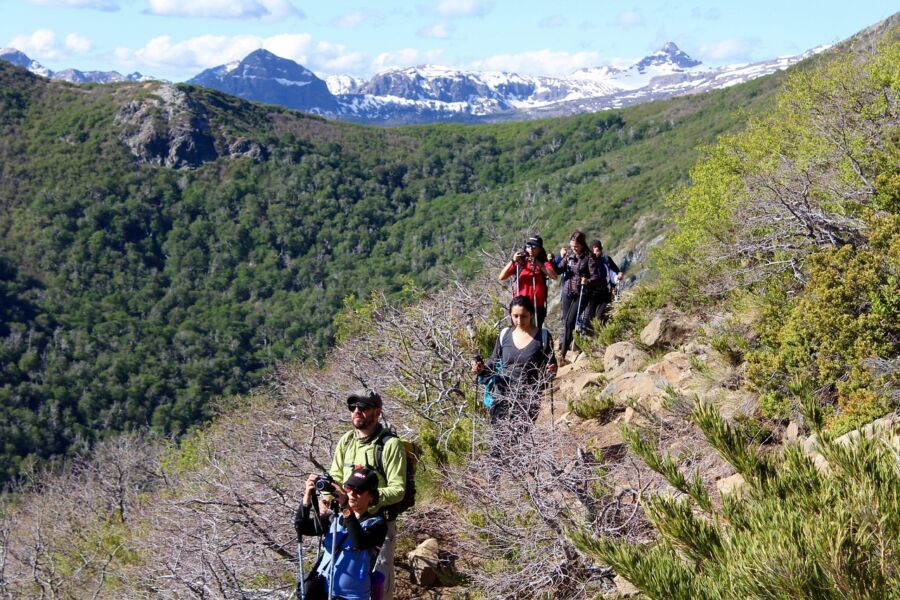
The W Trek in Torres del Paine National Park is Patagonia’s most iconic hike. This 5-day journey takes you through diverse terrain, including forests, glaciers, and rocky peaks. You’ll see the park’s famous granite towers up close.
The trek costs about $100-200 per day, including food and camping fees. You can save money by carrying your own gear and food. Guided tours are pricier but offer more comfort and support.
Don’t miss the sunrise at Mirador Las Torres – it’s worth the early wake-up call!
Exploring Carretera Austral

The Carretera Austral, or Southern Highway, runs through Chilean Patagonia. It’s perfect for a road trip with plenty of hiking stops. You’ll pass by glaciers, fjords, and temperate rainforests.
Renting a car costs about $50-80 per day. Budget $30-50 daily for camping or basic hostels. Some must-visit spots:
- Queulat National Park
- Cerro Castillo National Park
- Patagonia Park
Pack rain gear – the weather can change quickly!
Day Hikes in Southern Patagonia
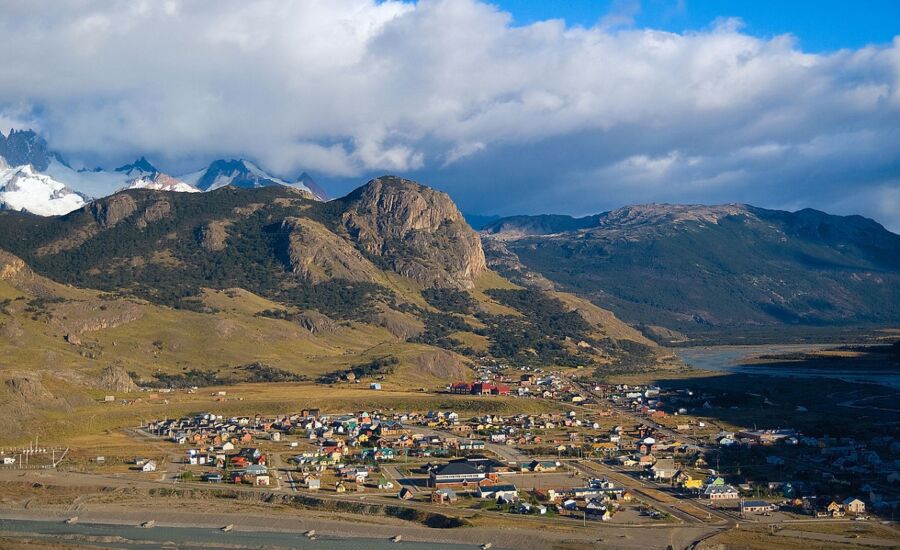
Southern Patagonia offers amazing day hikes near popular towns. In El Chaltén, try the Laguna de los Tres trail for views of Mount Fitz Roy. It’s a challenging 8-hour hike but free to access.
Near El Calafate, take a guided ice trek on Perito Moreno Glacier. It costs about $150, including transport and gear rental.
In Ushuaia, hike to Laguna Esmeralda. The trail is moderate and takes 4-5 hours round trip. You’ll only need to pay for transport to the trailhead, about $10-15.
Spotlight on Northern Patagonia
Northern Patagonia’s Lake District is often overlooked but offers great hiking and outdoor activities. Base yourself in Bariloche for easy access to trails.
Try the Cerro Llao Llao hike for amazing lake views. It’s a free, moderate 4-hour hike. For a bigger challenge, summit Cerro Tronador. This guided 2-day trek costs around $300, including gear and food.
Don’t miss kayaking on the crystal-clear lakes. Rentals start at $20 per hour. In winter, hit the slopes at Cerro Catedral ski resort. A day pass costs about $70 in peak season.
Cost-Saving Strategies for Patagonia
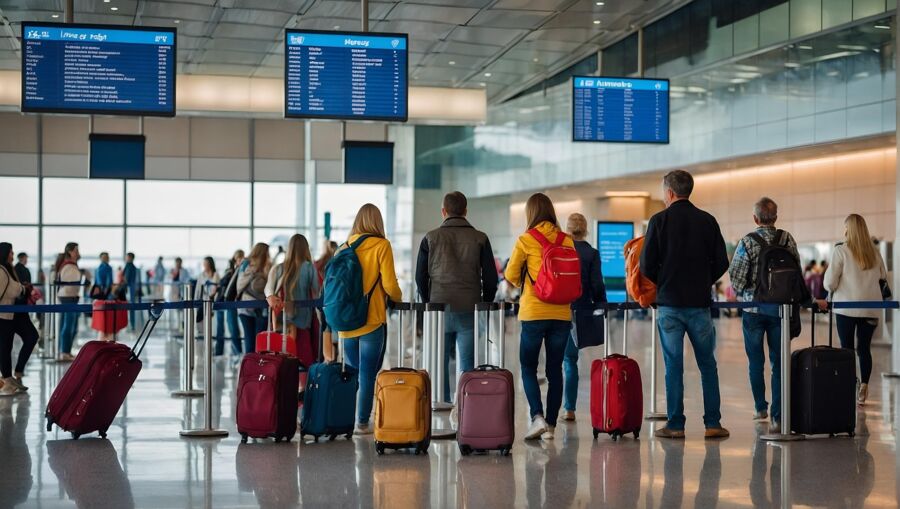
Patagonia can be expensive, but there are ways to save money. You can cut costs on travel, lodging, food, and activities with some smart planning.
Travel Deals and Bargaining Tips
Look for flight deals to get to Patagonia cheaply. Check budget airlines and consider flying into smaller airports. Once you’re there, use local buses to get around – they’re much cheaper than renting a car. Don’t be afraid to bargain, especially at markets or for tours.
Many hostels offer free shuttles to popular hiking spots. Take advantage of these to avoid pricey taxis. If you’re staying longer, look into buying a used car and selling it when you leave. This can be cheaper than renting.
For day trips, try to join group tours instead of private ones. They often cost less per person. You can find good deals on sightseeing tours and excursions if you book ahead online.
Finding Affordable Accommodations
Camping is the cheapest way to stay in Patagonia. Many national parks have free campsites. Bring your own gear to save even more. If you don’t want to camp every night, mix it up with hostels.
Look for hostels with kitchens so you can cook your own meals. Some hostels offer work exchange programs where you can trade a few hours of work for free lodging. This is great for longer stays.
In towns, check Airbnb for deals on private rooms or apartments. Sometimes these are cheaper than hotels, especially for groups. During low season, don’t be scared to ask hotels for discounts. They’re often willing to negotiate to fill empty rooms.
Eating on a Budget
Cooking your own meals is key to saving money on food in Patagonia. Stock up at local markets and grocery stores. Rice, beans, pasta, and eggs are cheap staples. Buy fruit and veggies from street vendors for the best deals.
When eating out, look for set lunch menus. These often include several courses for a fixed price. Avoid touristy restaurants near big attractions. Walk a few blocks away to find more local spots with better prices.
Food trucks and street stalls are your friends for cheap, tasty meals. Try local specialties like empanadas or completos (Chilean hot dogs). Bring a reusable water bottle and fill up from safe taps to avoid buying bottled water.
Discounted Activities and Tours
Many national parks offer free or cheap guided hikes. You can check the schedules on park websites or at visitor centers. Some museums also have free days each month, so plan your visits around these.
For paid activities, you can get early bird discounts by booking in advance online. Popular activities and tours often have better prices if you reserve ahead. You can also look for combo deals that include multiple activities for a lower total price.
Ask your hostel about free walking tours in cities. These are great for learning about local history and culture. Remember to tip your guide what you think is fair at the end. If you want to do pricier adventures like glacier treks, see if you can join a group to split costs.
